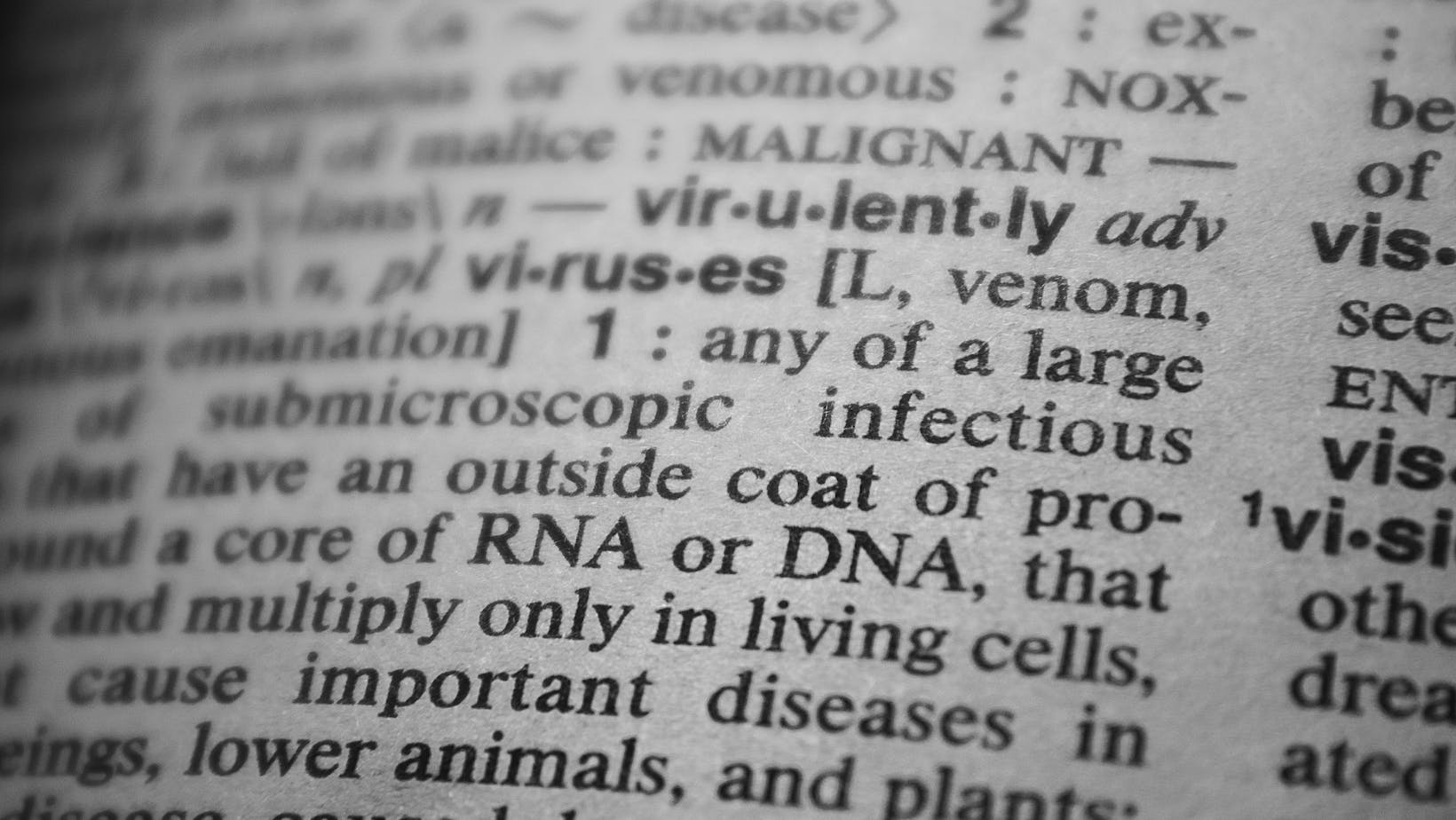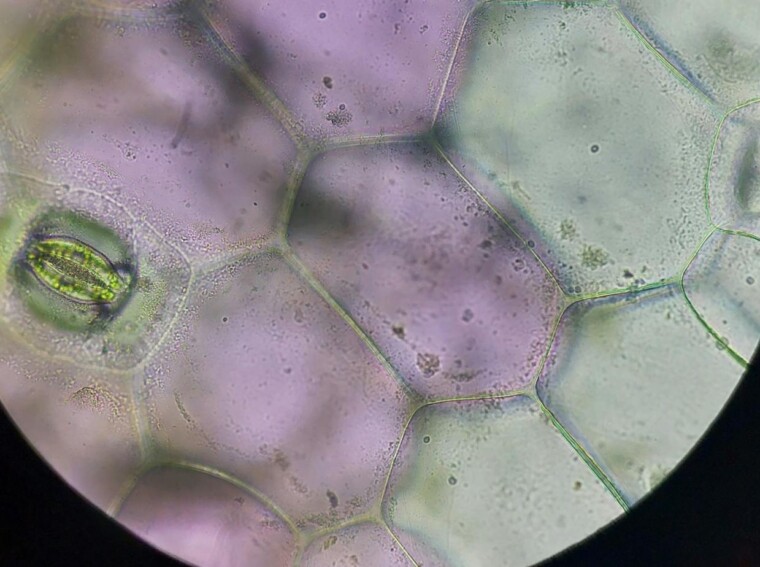Choose All Statements that Accurately Describe the Transcription Bubble.
Let’s delve into the realm of biology, specifically focusing on the transcription bubble. This fascinating structure plays a crucial role in DNA replication, and understanding its function is key to grasping how genetic information gets transcribed and translated.
The transcription bubble is an essential part of the transcription process, where DNA’s double helix unwinds so that mRNA can be synthesized from one strand. It’s called a “bubble” because of the loop it forms while allowing enzymes like RNA polymerase to access the DNA sequence.
In this article, I’ll be discussing features that accurately describe this remarkable biological mechanism. By getting to know these specifics, you’ll gain a more comprehensive understanding of how our genetic code is read and replicated.
What is Transcription?
Let’s break it down, shall we? At its core, transcription is a fundamental process that takes place in all living cells. It’s the first step in gene expression where DNA gets converted into RNA. Now, you might be thinking, “That sounds complicated.” Well, bear with me; I’ll make it as simple and understandable as possible.
Picture this: Our body is like a well-oiled machine with various parts working together. Each part requires specific instructions to function correctly – these instructions are encoded in our genes present in the DNA. However, our cellular machinery can’t directly read these instructions from the DNA; instead, they’re transcribed or copied into messenger RNA (mRNA). This mRNA then carries these instructions to the protein-making factories of our cells – ribosomes.
Now let’s get into some nitty-gritty details about how this transcription happens. The process unfolds within a structure called the ‘transcription bubble.’ It’s formed when an enzyme known as RNA polymerase binds to a specific region on the DNA strand (the promoter), causing it to unwind and expose a portion of the genetic code. Once inside this bubble-like structure, RNA polymerase reads off from one strand of DNA (the template strand) and synthesizes an RNA copy.
Don’t worry if you find yourself grappling with some hard-to-understand terms! Trust me; once you delve deeper into this fascinating world of molecular biology, everything will start falling into place.
Remember that while transcription might seem like a complex and intricate process (which it certainly is), it’s also marvelous proof of how beautifully organized life at its smallest level can be! So next time you marvel at your own existence or wonder about how life works on such an impressively small scale – remember transcription plays quite an essential role!

Transcription Bubble Formation
Peering into the heart of gene expression, it’s impossible to miss the integral role played by transcription bubbles. They’re these fascinating structures that form during the transcription process in DNA. Here’s how they come about.
To kick things off, an enzyme called RNA polymerase attaches itself to a specific region on the DNA strand known as the promoter region. This is where our main star – the transcription bubble – starts to take shape. As RNA polymerase moves along, it unwinds a small section of the double helix structure of DNA, creating an open complex or what we call a ‘transcription bubble’.
The name might make you think of something airy and insubstantial but don’t let that fool you! The transcription bubble plays an essential role in exposing those all-important nucleotide bases stored inside our DNA strands.
Now this isn’t just any random stretch of DNA being exposed here. It’s typically about 12-14 base pairs long – just enough space for RNA polymerase to do its magic and create complementary mRNA molecules based on these templates.
Just like how every good story has a beginning, middle and end, so does our little bubble formation tale. After synthesizing mRNA from one strand of DNA (the template strand), RNA polymerase moves forward thus moving the transcription bubble along with it! In its wake, behind this traveling scribe machine, the double helix structure re-forms sealing away again those secrets held within our genetic code.

